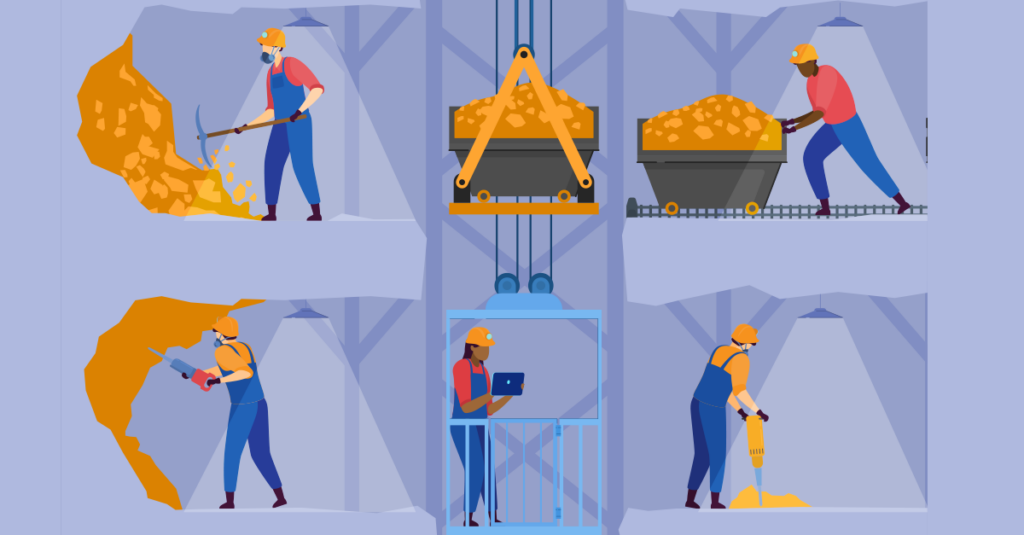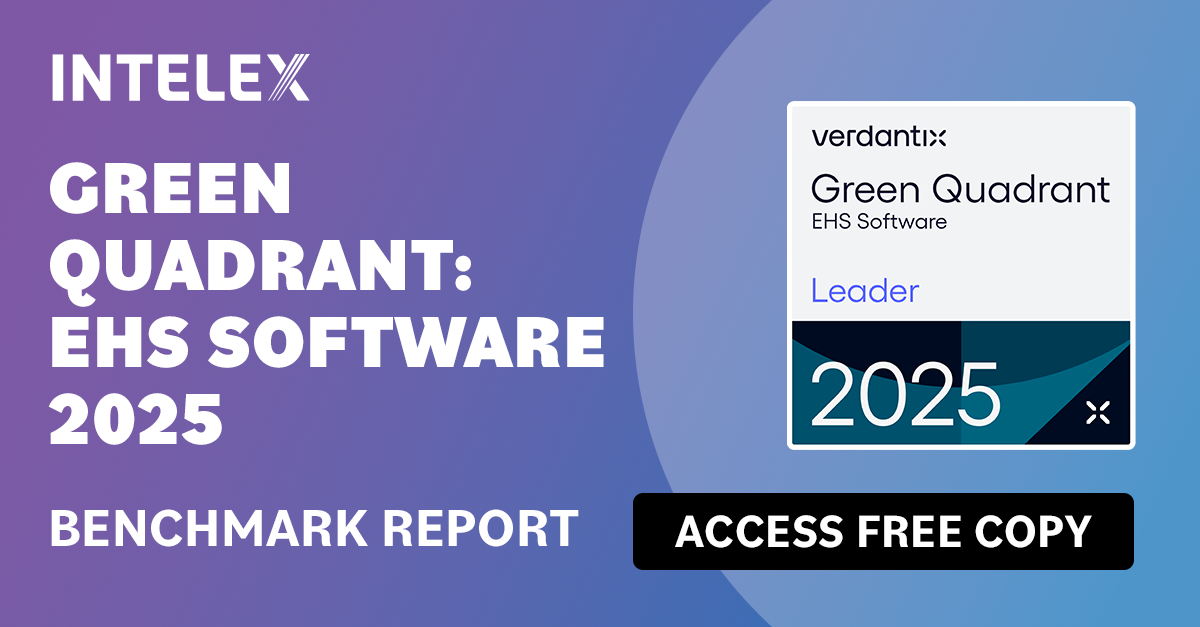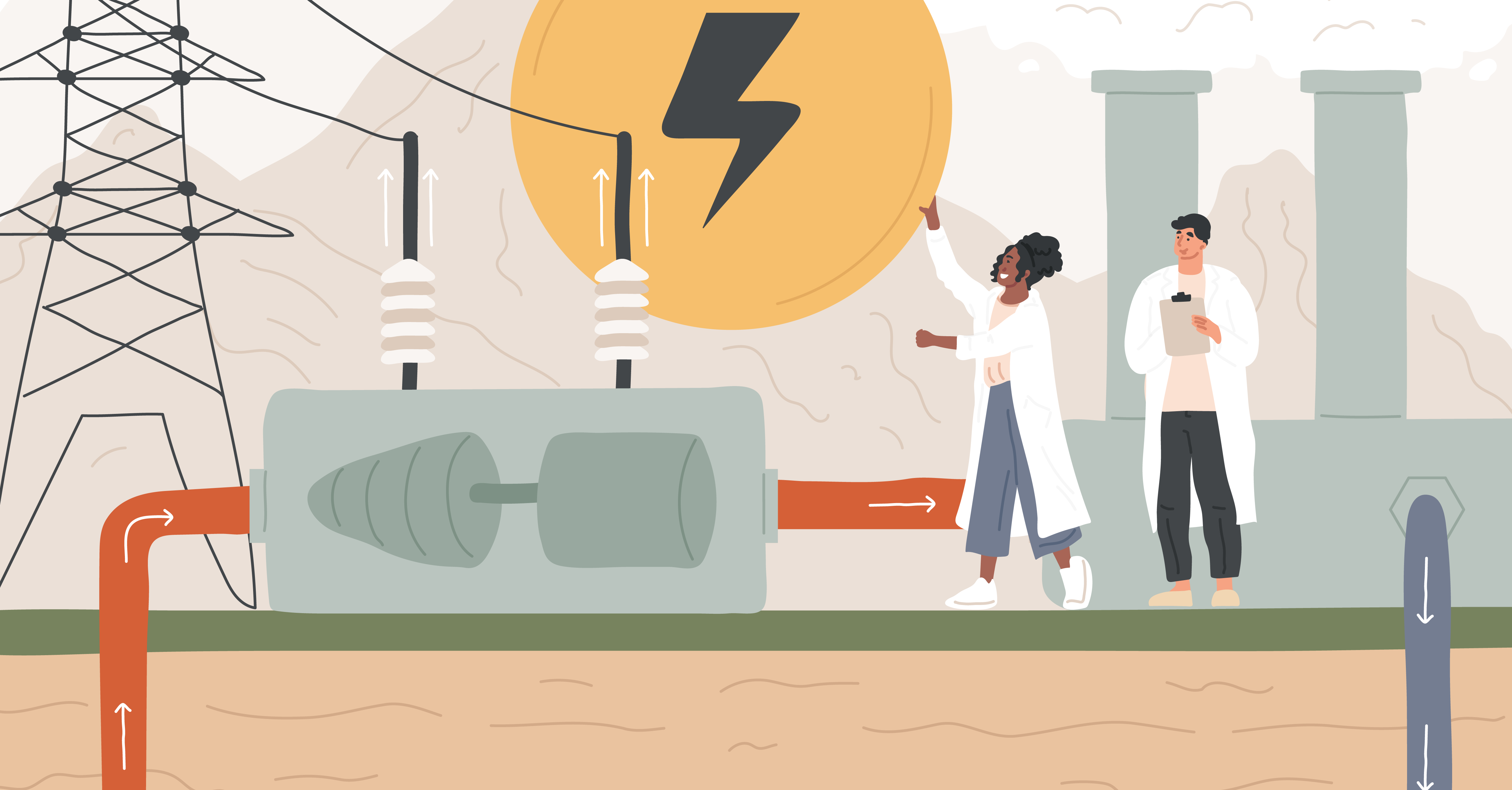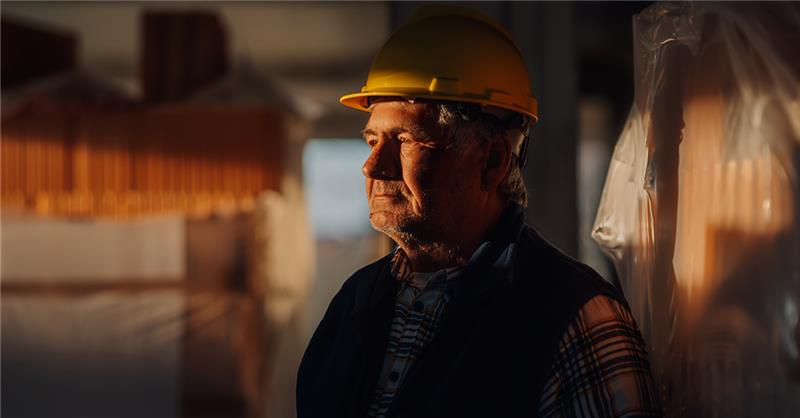Keeping Workers Safe Is the Golden Rule for This Canadian Mining Company
July 27, 2018

A rooted culture of caring runs deep within Agnico Eagle Mines Ltd. – a Canadian-based gold producer with operations in Canada, Finland and Mexico.
Louise Grondin, Agnico Eagle’s former senior Vice-President of Environment, Sustainable Development and People, says worker safety is paramount and her company wants every employee to be responsible for their own and others’ safety. To that end, it’s important for everyone to play a part in the effort to declare all events and situations that may put workers at risk. The goal is to eliminate any potential harm.
“It’s not a game to get the right (incident) number,” Grondin says. “It’s about getting to zero eventually.”
To do that, it’s necessary to have insight into trends that may put workers at risk, and to use that knowledge to react with programs that mitigate the likelihood of harm by removing that risk. Agnico Eagle needed the support of its people to buy into the collective cultural idea of worker safety – looking out for themselves and one another. But it also needed management processes that allowed them to collect health and safety data from all operations and to gather and share knowledge quickly.
Agnico Eagle uses Intelex to connect data and knowledge across the entire organization. Grondin says that with Intelex she receives weekly reports from across the company and from all operations. The reports highlight accidents and incidents, presented on one line.
“But I can go to the Intelex tools and get more information, the full report and even pictures,” she says. “That way I have the pulse of the operations. Every quarter I report on how we are doing in terms of spills and incidents. I use the Intelex dashboard to do that. I look at the dashboard on a weekly basis. I can also see our health and safety performance across the company. I can see trends.”
Recognizing trends gives Grondin and Agnico Eagle the opportunity to quickly react and get ahead of potential rising risks. Because they now have more data, she says her company has used it to develop key performance indicators (KPIs) that “focus on the right things.” These KPIs are used to assess the most significant risks in the workplace — what they term residual and higher risks.
“We put action plans in place to actually work on the higher risks that we have and that drove us to improvement,” Grondin says, explaining that from the period 2012 to 2017 her company saw much steadily better health and safety performance. “We worked on the right things. Without Intelex we could not have (as effectively) identified these risky activities or how to reduce the consequence or probability of an event.”
Being predictive in assessing risks has provided real savings. Grondin explains that by through greater knowledge and visibility into health and safety operations and processes, Agnico Eagle is lowering its workers’ compensation costs every year.
“Recently we had over a one-million-dollar reduction in one year just in Quebec (for insurance for workers’ compensation),” she says. “(Intelex) was part of our package for continuous improvement because it provided knowledge. Knowledge is very important in health and safety.”
It’s the sort of business outcome and health and safety management improvement that could not have been achieved without the use of software.
Michel Tetreault, a prevention consultant with Agnico Eagle, explains that prior to adopting Intelex, the mining company compiled statistics in an Excel spreadsheet once a year. Unfortunately, utilizing this sort of manual method resulted in slow reaction. If an accident had occurred, say in June, it might not have been possible to respond with process improvement changes or necessary risk reductions efforts until the following February, Tetreault says.
“With the Intelex software we can react right away when we have some kind of accident,” he says. “We can share information all around the company, right away. We can use the knowledge of every site. The more information you give to employees the more proactive they will be on health and safety.”
Reporting and insights is also a vital prerequisite when validating the need for health and safety investment. Grondin says that in making the case with her company’s committee board, “if you have numbers it’s much easier to show performance (improvement).” Data shows how you have improved, she adds.
Improving worker safety is the most important consideration for Agnico Eagle, Grondin says, but also important is the reputation of mining and how the company operates in the communities in which it is located.
“We have a caring culture, meaning we respect our employees first and then the communities in which we operate,” she says. “We realized a long time ago that if you have a mine somewhere that doesn’t have a good safety record or a good relationship with the community, people will paint you with the same brush. We want all the mines to be the best they can be. (Individual) reputations affects all of us.”







